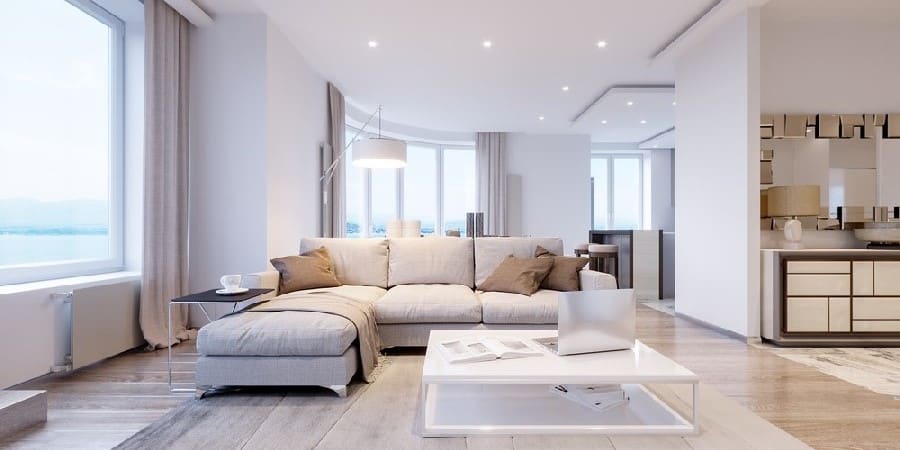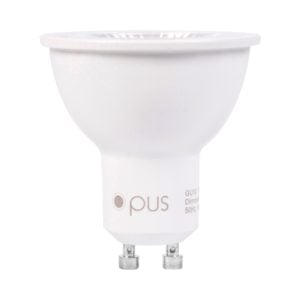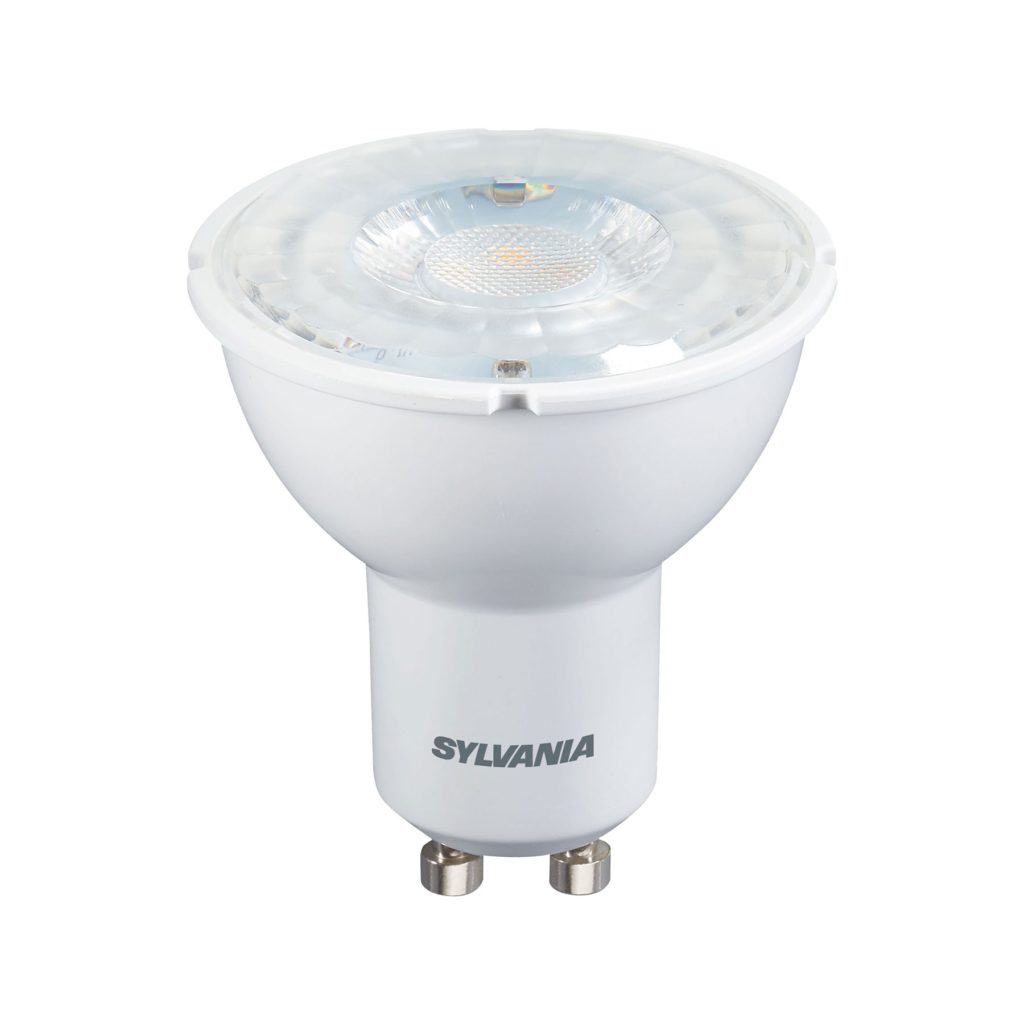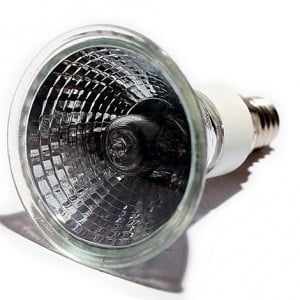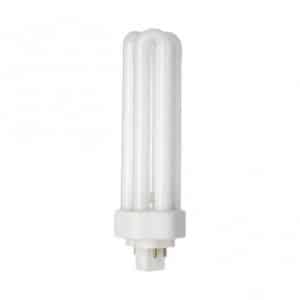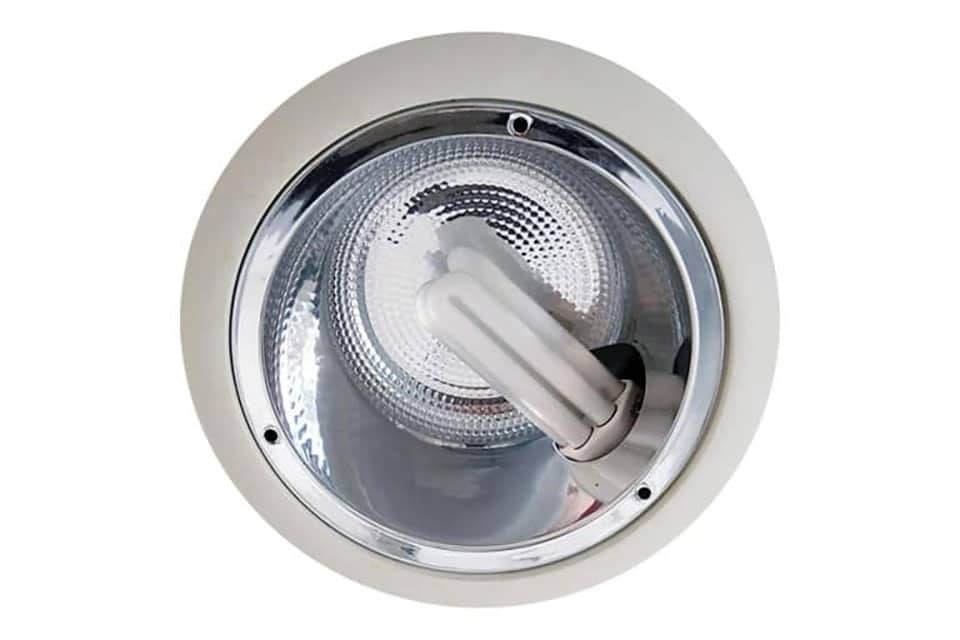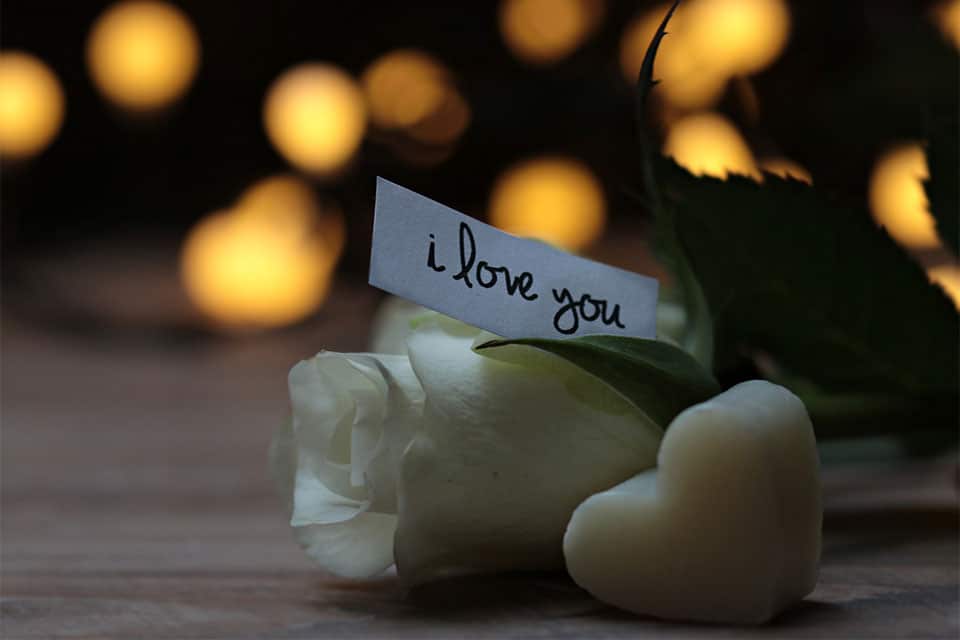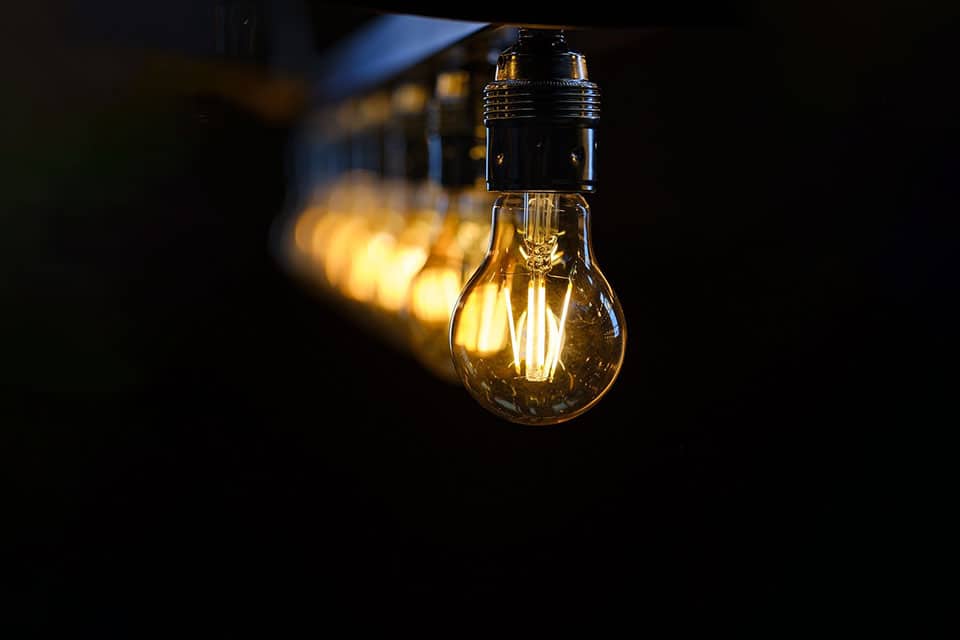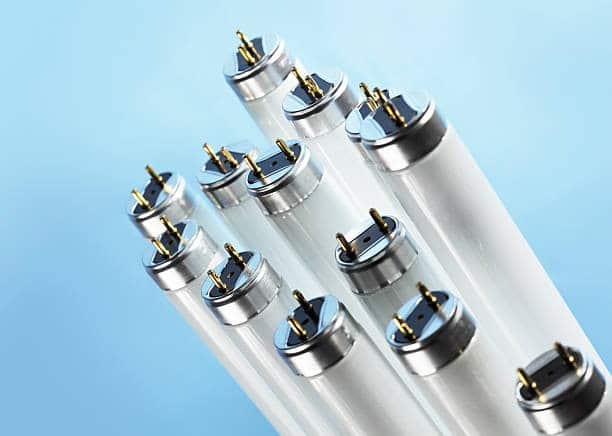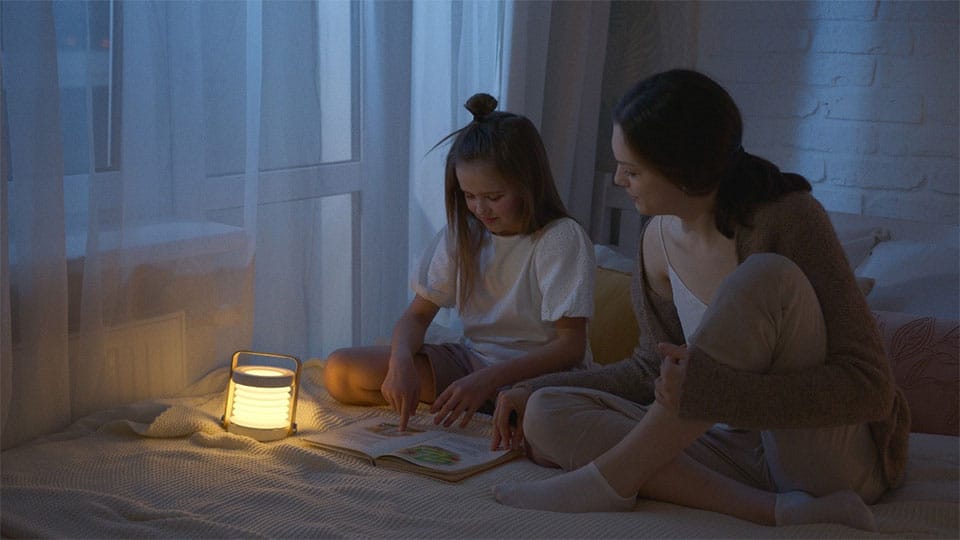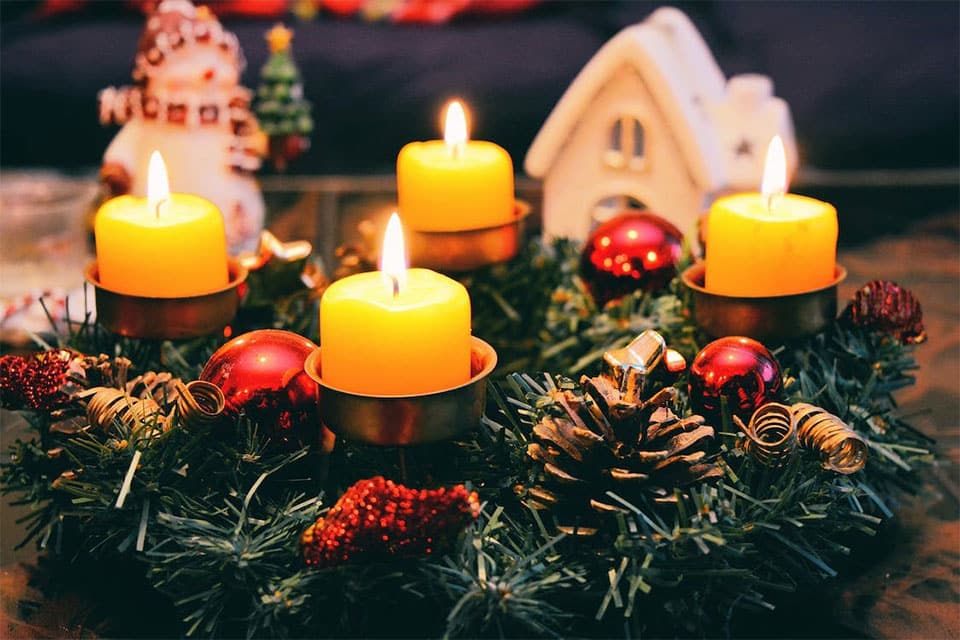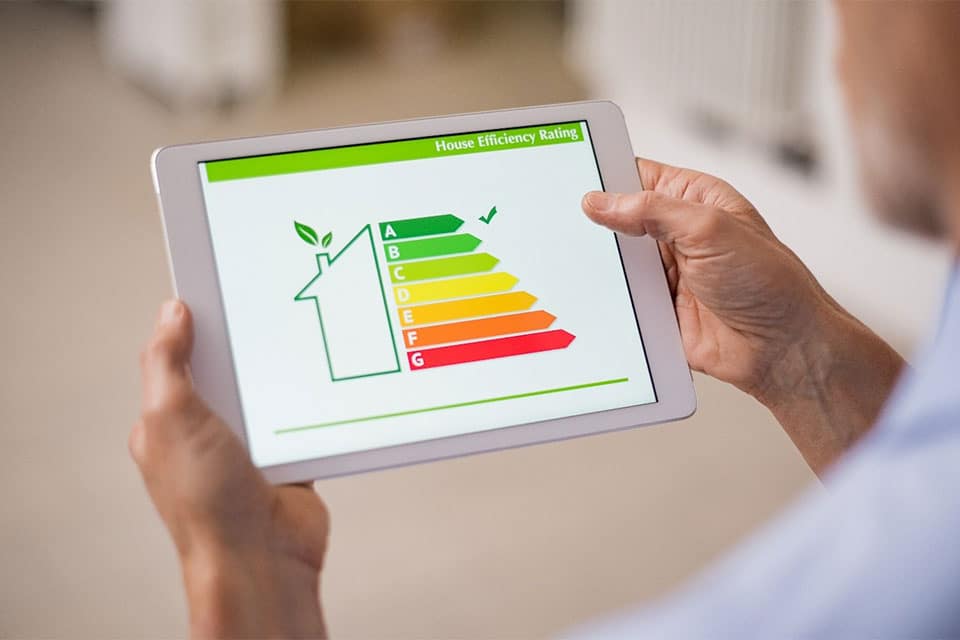Regardless of what you call it—recessed lighting, downlighting, pot lighting, or can lighting—it has been increasing in popularity in recent years. And for good reason—it’s easy to combine with other types of lighting to create a layered look, and it helps to add ambience to any room.
Recessed lighting is an extremely versatile lighting option that can help you create a well-lit space in your home, but it’s also easy to do it badly, especially if you don’t intend to seek help from a professional, such as a handyman or electrician, or do a little advanced planning on your own. So, what exactly is recessed lighting and how can you make it work? We’re here to help you answer these questions and more:
What Is Recessed Lighting?
Recessed lighting fixtures are those circular holes, most commonly found in ceilings, that house an illumination source. Unlike chandeliers, pendants or flush mount lamps, which are designed to be visible, recessed lamps provide light without a visible fixture.
This style of lighting has a number of different applications in both residential and commercial settings, and can be used for ambient, task and accent lighting. Because it’s sleek and easy to conceal, recessed lighting is an ideal choice for areas with limited space for hanging fixtures. It’s also a popular choice for closets, kitchens, living rooms, and—most recently—outdoor lighting.
A recessed light fixture consists of three components:
- Frame – a mounting frame placed between joists to secure the light in the ceiling.
- Housing – a cylindrical metal can that houses the light bulb and other parts of the fixture, hiding them inside the ceiling. This is where the term ‘can light’ comes from. Housings are available in a number of different sizes to accommodate different types of lighting.
- Trim – the most visible part of the fixture, the trim is inserted in the housing and impacts the overall appearance of the light fixture and light quality. They are made in a number of materials and colours. Keep reading to learn more about housing and trim.
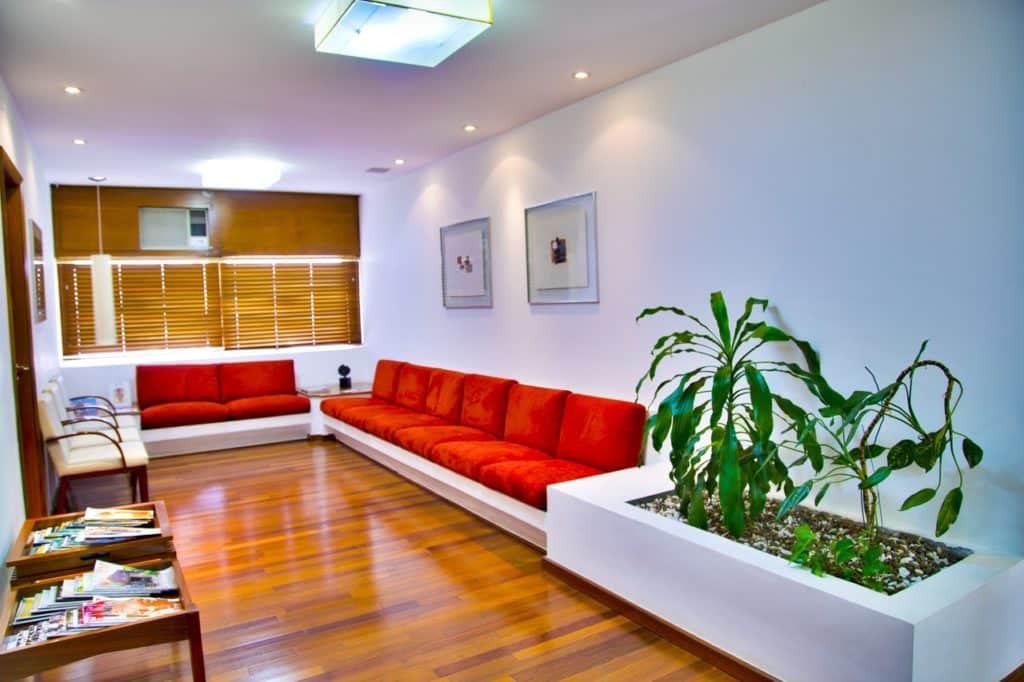
How to Choose Recessed Lighting
After you’ve decided why, how and where you want recessed lighting, there are a number of things that need to be taken into consideration when making your selection, including:
- What you want to light
- What fixture size and housing type you want
- Whether you want a diffused or spotlight
- Light bulb type
- Trim
But before you consider any of these things, your first and foremost concern should be safety. There are two things to think about when it comes to safety and recessed lighting:
- Fixtures. Recessed lighting fixtures should be insulation compatible, or airtight.
- Circuits and number of fixtures.
Insulation Compatible (IC) or Airtight Fixture (AT)
The original can light fixture was incredibly inefficient. Unsealed and unable to be covered by insulation because of the risk of fire, you could often tell who in your neighbourhood had recessed lighting fixtures because the escaping heat would create ice dams or circular patches of melted snow on their roofs in the winter. To combat this issue, manufacturers developed insulation compatible (IC) and airtight (AT) fixtures.
When it comes to safety, there’s really only one question you need to ask yourself—will the ceiling be insulated? If the answer is yes, you will need an airtight, IC rated canister. If not, you can opt for a non-IC rated canister. Here’s the difference:
- Insulation Compatible (IC) means that it is safe for the housing can to be in direct contact with insulation. Your recessed lighting can must be IC compatible if it will be in contact with insulation, otherwise it can be a fire hazard.
- Non-IC rated fixtures have to be protected by a cover that keeps the insulation at least three inches away from the housing, and are usually only used when there is another level of finished rooms above the ceiling they are being installed in.
- Airtight (AT) fixtures are especially important if the lights are being installed on a top floor or ceiling that connects directly to the roof. AT fixtures keep warm air generated by the light bulb from flowing through the fixture and out the roof, cutting down on waste and saving money on energy bills.
This chart will help you decide quickly the minimum level of protection you’ll need for the fixture you’re installing:
Airtight (AT) |
|
|
|
|---|---|---|---|
| Unfinished Attic | |||
| Insulated Ceiling | |||
| Uninsulated Ceiling |
Lighting Circuits and Number of Fixtures
Recessed fixtures are hard-wired, which means they require the knowledge and skill of a professional electrician to install. Licensed professionals can help guide your lighting design based on what is possible for your home and what you want in way of appearances.
How many recessed fixtures your room can accommodate is highly dependent on the maximum wattage of the fixtures you select. A circuit is only capable of carrying so much wattage, so a compromise between the number and type of fixtures, as well as the type of light bulbs, needs to be struck. LED bulbs are an excellent choice for recessed fixtures because they are very low wattage, allowing you to include more lower-watt fixtures that will still be able to power the bulbs:
Shop our full selection of GU10 LED bulbs.
After factoring in what’s feasible, you’ll need to consider what looks good and what will suit your purposes. The beam angle of the light bulbs you select is key to achieving the look you want:
- A narrow beam angle will provide a concentrated spotlight and pools of light.
- A wide beam angle offers a larger, more dispersed beam, providing uninterrupted ambient lighting with little or no shadows.
If you’re still not sure, a good general rule to keep in mind is that the distance between lights should be half the height of the ceiling.
Choosing the Housing & Trim
Now comes the fun part – selecting the aesthetics of the lamp. A recessed lighting fixture is made up of two main parts:
- Housing – the metal can or “rough-in”. This includes the mounting frame and bars.
- Trim – the most visible portion of the recessed lighting fixture, acting as a decorative feature and which can be purchased in a variety of colours and materials.
These components must be considered at the same time because they need to fit together properly, and also because they have different criteria that will impact your decision. Let’s take a closer look:
The Housing
Because of how recessed lighting is installed, there are some limits to what housing size you can select. The housing needs to be small enough to sit safely in the and fit easily between the joists in your ceiling.
The majority of housings for residential use are designed to fit in most homes, but there are shallower and deeper options available, and they typically come in a range of diameters. Which diameter you select is dependent on how you want the room to look and how you intend to use the space, as well as the height of the ceiling and the size of the room.
PRO TIP: 6 inch fixtures are the most popular size and have the widest variety of trim options available as a result.While you will find them in a variety of sizes, every housing will be one of two kinds, each requiring different types of installation:
Housing Type | Benefits | Drawbacks |
|---|---|---|
| New Construction Installed in homes that have access to the ceiling through the roof or floor above it, such as an unfinished house. | They are typically less expensive and boast a wider range of trims to choose from. | They are somewhat bulky, need to be attached directly to the joists, and require access above the ceiling for wiring. |
| Remodel Fixtures Installed in existing ceilings that you can’t easily access through the roof or floor above it. | They are less bulky, only need to be attached with clips, and are available in a greater variety of depths so they can be easily installed in small spaces without a lot of access. | Fewer trim options available. |
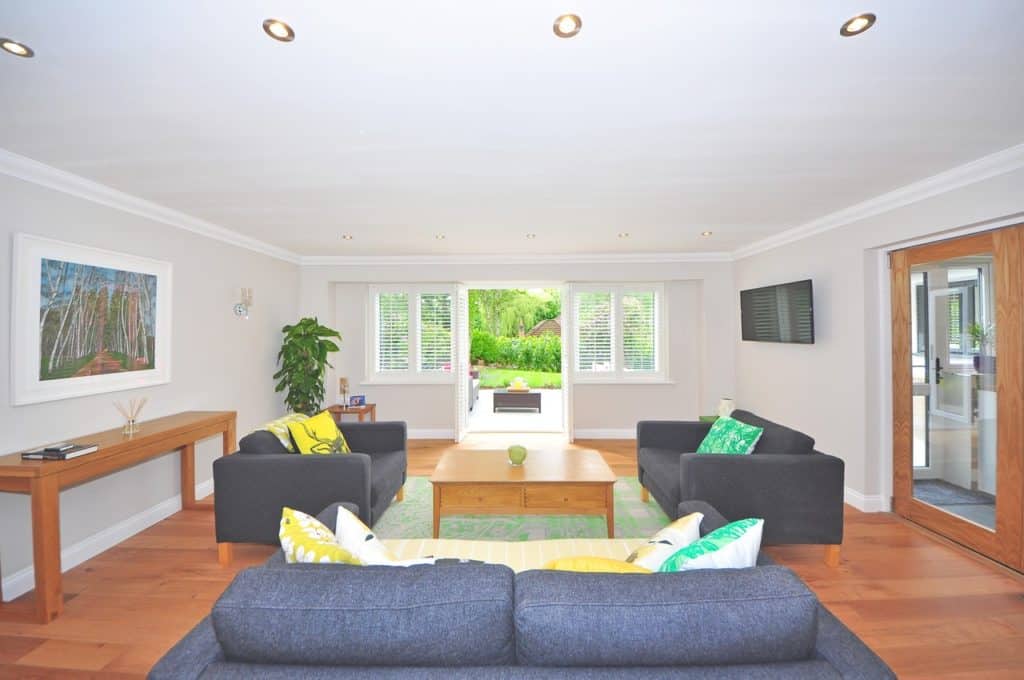
The Trim
As the most visible part of a recessed lighting fixture, the trim or “finishing” affects the overall look of the light and impacts the aesthetics of a room. Trim is available in multiple sizes, styles, colours and materials to accommodate almost any personal preference.
It’s easy enough to choose what colour and material you want, but it’s also important to understand how the size and style of the fixture will impact the way the light looks and performs:
| Adjustable or "Eyeball | - The most versatile type - Can be used to produce any type of lighting (accent, task, etc) - Easy to position and adjust, making it ideal for housings that have been installed off-centre |
| Baffle | - The most popular - Reduce glare by using the baffled grooves to absorb light - Ideal for use in kitchens and work areas |
| Decorative | - A decorative trim available in a variety of colours and materials to suit any aesthetic - Ideal for use in highly visible areas or spaces where the trim will be prominent |
| Lensed | - The lense protects the light bulb and electrical components from moisture and water - Ideal for use in bathrooms and areas where they will be exposed to the elements and may require a higher IP rating |
| Reflector | - A shiny, polished interior reflects the light produced by the bulb, maximizing the light output - Available in different colours - Ideal for high ceilings |
| Wall-washed | - Designed to be highly directional and angular, they bath walls in light |
What Kind of Light Bulb Do You Want To Use?
One of the most important things to remember when selecting a light bulb is that recessed lighting fixtures come with a different selection of sockets. Some take the common screw cap while others require a pin base, so make sure you double check what your fixture takes before purchasing your bulbs, otherwise they may not fit. However, most types of light bulbs can be purchased with a different kind of size of base, so it should be simple to find a bulb with the colour temperature, brightness and beam angle that you want with a cap to match.
Learn more about light bulb bases.
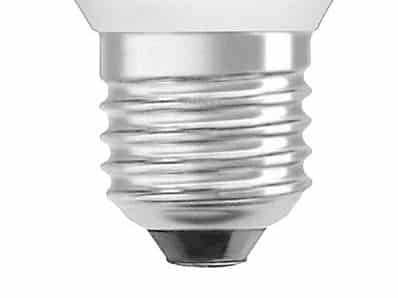
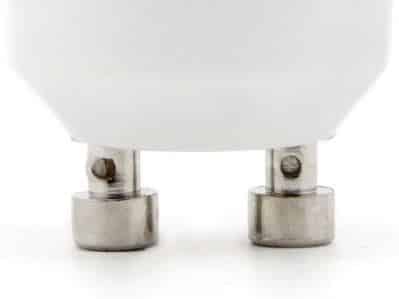
Here are a few more things to keep in mind when buying bulbs for recessed lighting:
- Colour Temperature – Typically, the type of light bulb you should select will depend on its intended use. You’ll want warm lighting for relaxing and reading, and a cooler colour temperature for working and completing tasks.
- Bulb Type – There are several options available in terms of actual bulb type, including halogen, incandescent or even CFLs, but LED bulbs are the most energy efficient option available and they come in a wider variety of colour temperatures than other bulbs.
- Dimmable – Because recessed lighting fixtures are fixed in location and often provide general lighting, it’s a good idea to make sure the bulbs are dimmable so you can adjust the level of brightness to suit your activities.
- Bulb Shape – Since recessed lighting is often intended to be seamless, you’ll want a light bulb that isn’t poking out from its housing. Usually that means selecting a smaller bulb or one specifically designed for recessed lighting fixtures, such as a PAR16 or GU10 bulb.
Radiant Recessed Lighting
Recessed lighting adds value and style to your home, as well as elegance and depth to your lighting design. Redecorate any room with this subtle and sophisticated way to upgrade your lighting without cluttering up floor space with fixtures.
Shop our full selection of recessed lighting compatible light bulbs and downlight fittings.





















































































